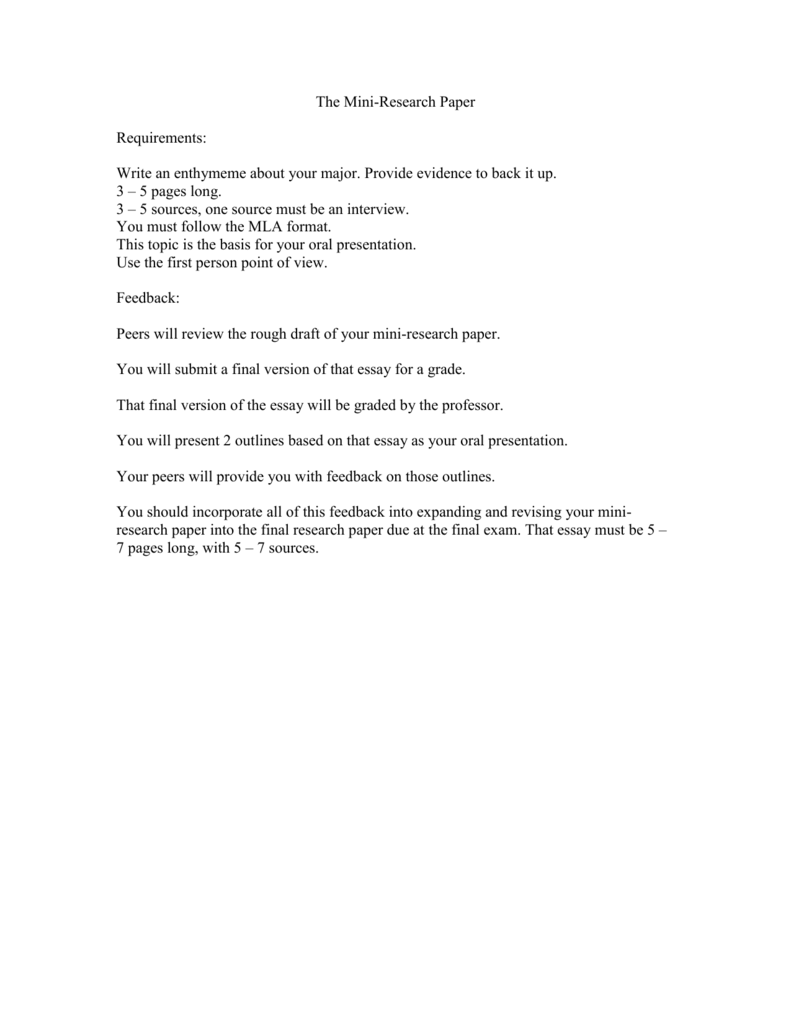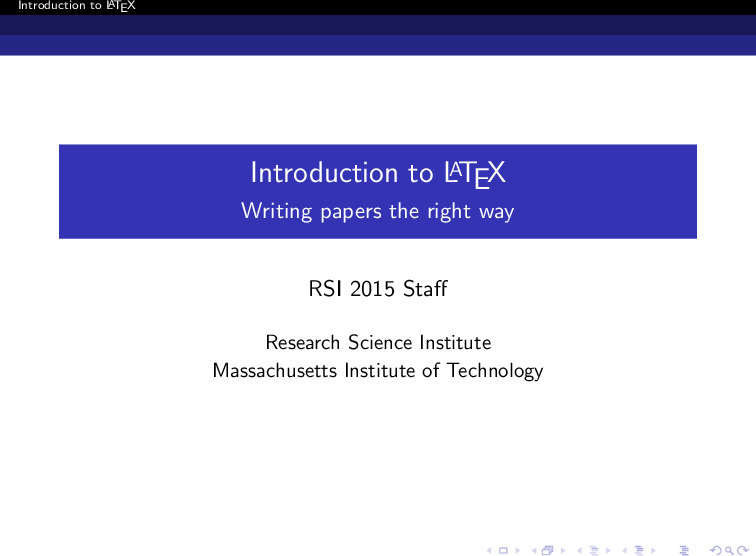When writing an introduction, it’s important to use your keywords. Keywords can be separate words or word combinations. They must clearly define the topic of your paper. Your introduction should also use logical links between sentences to make your text coherent. Here are some examples of good introductions. Read these to learn how to write a research paper introduction. They’ll help you get started! Listed below are some tips to help you write a research paper introduction.
Identify your audience. While writing the introduction, keep in mind that the purpose is to get the reader interested in what comes next. Many journals have guidelines that specify the word count and content of the introduction. Taking these guidelines into account, you’ll be well on your way to writing a strong introduction. Ultimately, your reader will be interested in reading the rest of your paper and finding out what it’s all about.
Remember that a good introduction is critical, because you never get a second chance to make a first impression. Your opening paragraphs give your audience a first impression of the quality of your research, your personality, and the validity of your conclusions. If your introduction is weak, you risk turning off the audience and causing them to put your paper on the back burner. A well-structured introduction will make your reader notice your writing skills, and want to continue reading the rest of your paper.
When writing an introduction for a research paper, it’s important to lay the foundation for the rest of your paper. You can use facts and research in your introduction, but make sure they are accurate and logical. If you’re not sure about your facts, you can use them to support your thesis statement. If you use facts to hook your readers, it’s best to use them in the introduction. Using facts will help your reader understand your research paper.
Developing a strong introduction for a research paper is not a difficult task, but it can be a bit tricky. Many smart students fail to choose a topic that stands out from the rest of the class and build a strong thesis. Even topics that seem relevant to the subject can seem questionable to professors. It’s crucial to remember that the introduction is the first interaction your reader will have with your research paper.
The introduction should also contain a hook sentence or two. The hook doesn’t have to be creative or impressive – it should just get your reader interested and situate your ideas in context. Hooks depend on the approach of your paper – an argumentative paper will explore background and general background, while an empirical paper will put your ideas in context. The conclusion of an introduction is important, but the hook doesn’t have to be the focus of the entire paper.
When introducing your research, start with a general theme and then narrow it down to a specific problem. It’s important not to choose a topic that’s too broad or too far from the topic you want to explore. The introduction should be three-tiered, with the first level being the most general level, the second one connecting the general topic with a smaller set of cases, and the third level situating the problem within the context of the paper’s discussion.
When writing the introduction for your research paper, it’s helpful to create an outline to help you prepare the content. You can include the principal goals of the research, the rationale behind the research, and the hypotheses you’ll use to support your work. You may also include the definitions of the concepts and questions you’ll discuss in the paper, as well as the history of the field and recent discoveries. By following these guidelines, you’ll be sure to produce an excellent research paper.
Writing an introductory paragraph can be stressful and frustrating, but it’s not impossible if you’re prepared. When you plan ahead of time, most of the writing process will go much more smoothly. Make sure to include an introduction that introduces the topic and grabs the reader’s attention. Never say, “In this paper,” as these phrases can be very generic and boring. A better way to start is to include a fact or quote that is interesting to the reader. You can also add some humor to the paragraph by including an anecdote or a funny example.



